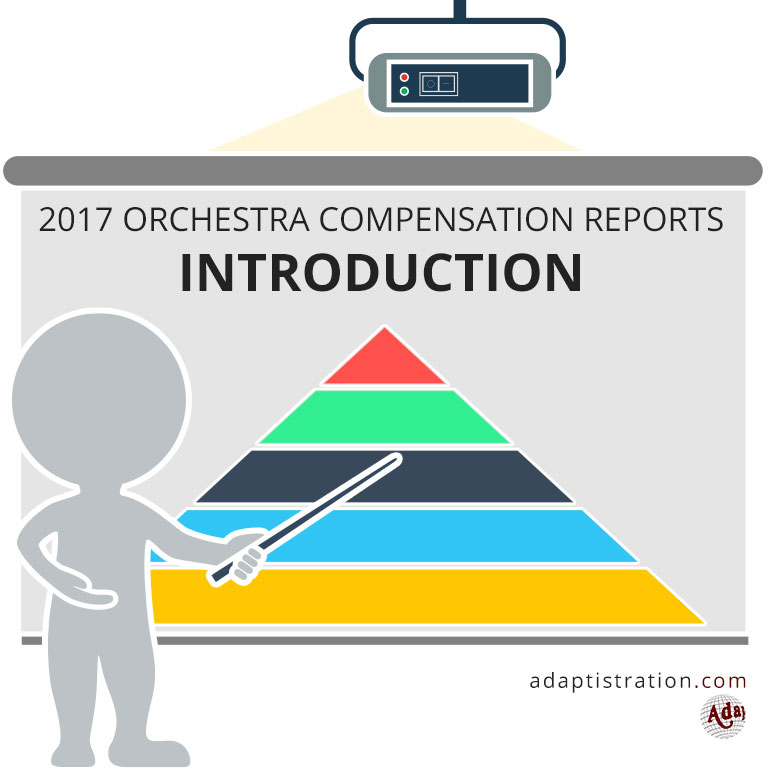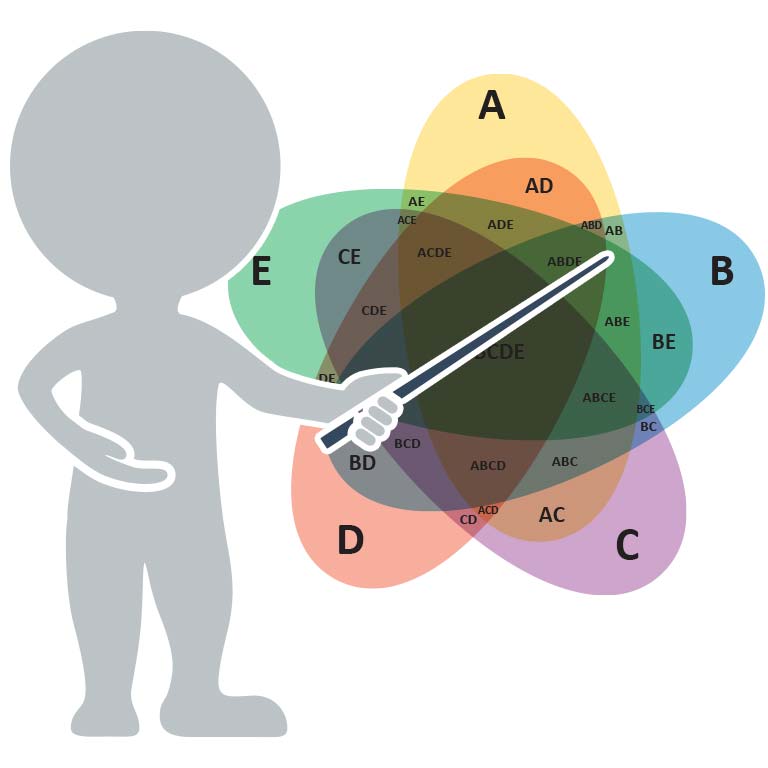So why are orchestras having such a financially difficult time right now? We hear the typical explanation from orchestra administrators quite often: At first sight, these all seem like reasonable descriptions behind the problem, but it’s more than that. Although these reasons may be the collective straw that is breaking the camel’s back, the root cause is how the orchestras conduct business. Since this is an issue with several aspects, we won’t cover them in a single, mammoth blog. Instead, we’ll begin by focusing on one aspect today and save the others for future blogs. We’ll begin with the industry wide problem of cash flow. Or what I like to call “borrowing from Peter to pay Paul”. First, we need to learn how an orchestra structures its fiscal year and related cash flow. The orchestra season begins in September and runs through June to August (much like a public school year). So, for the 2003-2004 season, the budget was established during the previous 2002-2003 season. Let’s say the 2003-2004 budget has an expected income of $5,000,000. Around 2/3 of the way into the season the orchestra usually starts running out of cash, as expenditures begin to outpace revenue (2003-2004 ticket sales, donations, sponsorships, grants, & endowment income). Around this same time, an orchestra begins to sell subscriptions for the upcoming 2004-2005 season. Subscription sales typically account for a sizable portion of concert revenue, usually 2/3 of ticket sale income and around 15%-20% of all income (about $875,000 for our example orchestra with the $5,000,000 budget). Those funds from subscription sales are immediately used to cover the negative cash flow during the last 1/3 of the concert season. So you can see that in order to pay the 2003-2004 bills, they need to use funds from subscription sales for the 2004-2005 season. This cycle continues into the next season, and the next, and so on. It’s happened for so long that it’s become standard operating procedure. In order for this fragile “borrowing from Peter to pay Paul” system to work, you have to have consistent ticket sales, and a steady positive cash flow during the first 2/3 of your current season. This is where our four reasons for orchestra difficulties at the beginning of this blog come into play. With significantly reduced income from endowments and steadily deteriorating ticket sales you simply can’t borrow enough from Peter to keep Paul from showing up to bust your kneecaps. So this begs the question: Why do orchestras do this? I don’t know. But I do know what they should do to begin improving their long-term situation. At this point, our example orchestra has adjusted their cash flow situation to meet all of their expenses throughout the season without the need to borrow from the future season’s income (or the need to borrow against the endowment or a line of credit). Now they can use that subscription income to increase the positive cash flow for the beginning of the next season. Or if there is enough left over, they can fund special projects, begin foundation or capital campaigns, or even just bank the money and keep it for a rainy day.


